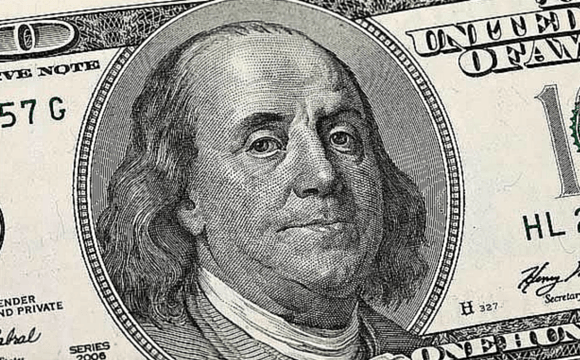Bellevue 425-454-1283 · Lynnwood 425-672-2646 · Issaquah 425-392-0450 · Tacoma 253-328-4014


When most people think about Benjamin Franklin and currency, they think of, well, the Benjamin. The U.S. $100 bill is literally synonymous with Benjamin Franklin. But that is by no means his only tie to U.S. currency. Benjamin Franklin was integral in the printing of some of the U.S.’s very first paper currency.
As the owner of a newspaper printing press, Franklin printed paper currency for the original colonies of Pennsylvania and Delaware. Later, his grandson printed some small change notes for the bank of North America using anti-counterfeit paper developed by Franklin. In honor of Benjamin Franklin’s birthday, we’re featuring the most gorgeous examples of colonial paper currency he printed.
Delaware 20-Shilling Note
This striking paper note reads, “To Counterfeit Is Death.” Benjamin Franklin and his partner David Hall produced this twenty-shilling bill for the colony of Delaware following the May 7, 1759, Paper Currency Emission Act that allowed them to print 27,000 British pounds of legal tender bills of credit.
Colony of Philadelphia Three-Pence Note
In the 1760s, the Province of Pennsylvania, as it was known at the time, issued paper currency. Among the currency was a three-pence note printed by Benjamin Franklin and his partner David Hall.
Bank of North America One-Penny Small Change Note
During the Copper Panic of 1789, the price of copper dropped drastically and the low value of copper half-penny coins made trade difficult. During this time, the U.S. printed several small change notes to compensate. The one-penny note was one of those notes. Though technically printed by Franklin’s grandson Benjamin Bache, it was printed on paper acquired by Benjamin Franklin, which had a marbled border, making the bills difficult to counterfeit.
Bank of North America Three-Pence Small Change Note
The three-pence note from the Bank of North America was printed under the same circumstances as the one-penny note. Also like the one-penny note, the three-pence note was printed by Franklin’s grandson on marbled paper. What’s unique about this piece of paper currency are the gorgeous streaks of color on one side of the note.
Benjamin Franklin’s impact on U.S. currency is remarkable. In addition to gracing the hundred-dollar bill and a half-dollar coin, he was responsible for printing some of the first U.S. currency. Also, some of Franklin’s designs allegedly made it onto other colonial currency, and some of his printing inventions helped combat counterfeiting. It’s no wonder people say that it’s all about the Benjamins! If it weren’t for Franklin, who knows what U.S. currency would look like.
Bellevue Rare Coins specializes in gold buying and dealing in rare coins. We are a family-owned business located in Bellevue and Lynnwood. We also buy and sell silver, diamonds, currency and jewelry. Visit us for a free evaluation.
Did you like this post? Let us know on Google+, or Facebook.